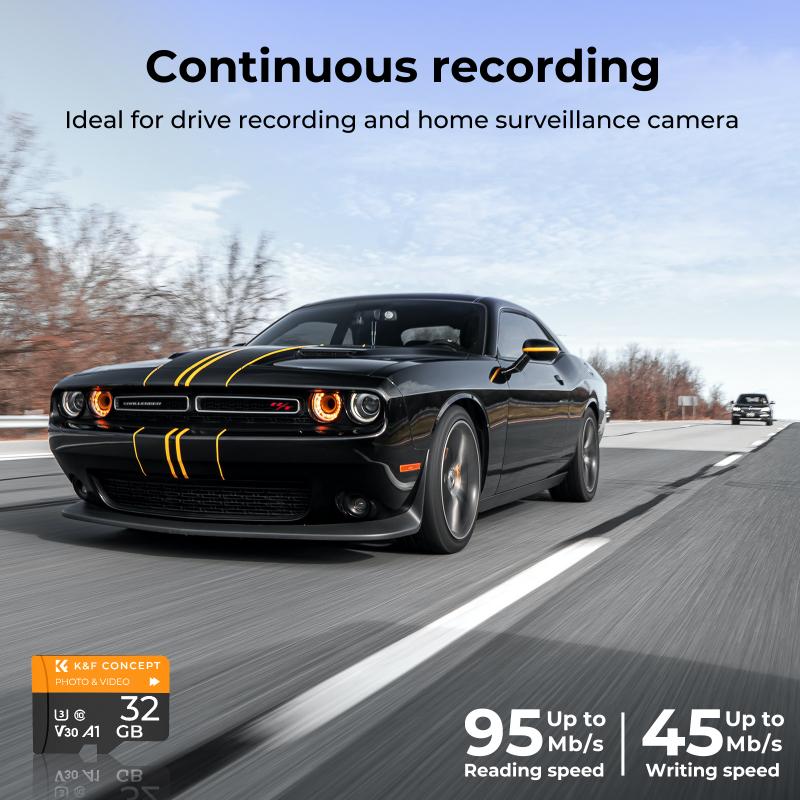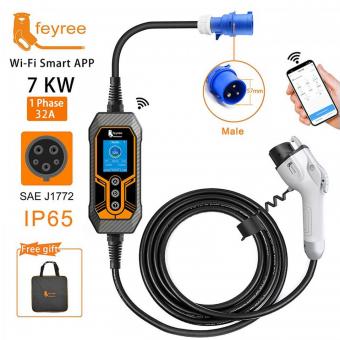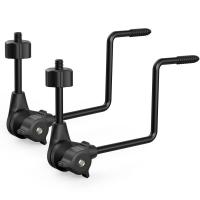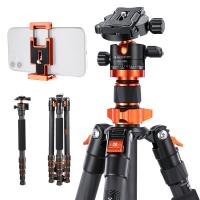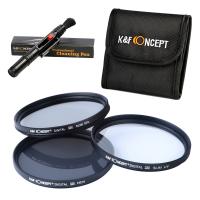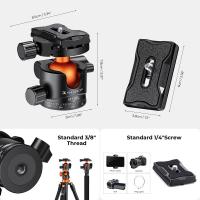How Is A Digital Camera A Computer System ?
A digital camera can be considered a computer system because it consists of various components that work together to capture, process, and store digital images. It contains a central processing unit (CPU) that controls the camera's operations and performs calculations. The camera's image sensor acts as the input device, converting light into digital signals. These signals are then processed by the camera's software, which includes algorithms for image processing, autofocus, and exposure control. The camera also has memory storage, such as a memory card, where the digital images are stored. Additionally, digital cameras often have a display screen and user interface, allowing users to interact with the camera and access various settings and features. Overall, a digital camera operates as a computer system by utilizing hardware and software components to capture, process, and store digital images.
1、 Image capture and processing
A digital camera can be considered a computer system because it performs various functions that are similar to those of a computer. One of the main functions of a digital camera is image capture and processing. When a photo is taken, the camera's image sensor captures the light and converts it into digital data. This data is then processed by the camera's internal processor, which applies various algorithms to enhance the image quality, adjust exposure, and correct colors.
The image processing capabilities of digital cameras have significantly improved over the years. With advancements in technology, cameras now have sophisticated image processing algorithms that can automatically detect faces, reduce noise, and enhance details. Some cameras even have built-in artificial intelligence that can recognize scenes and optimize settings accordingly.
Furthermore, digital cameras also have storage capabilities, allowing them to store the captured images in various formats such as JPEG or RAW. These images can then be transferred to a computer or other devices for further processing or sharing.
In addition to image capture and processing, digital cameras also have other computer-like features. They have LCD screens for displaying images and settings, buttons or touchscreens for user input, and even built-in Wi-Fi or Bluetooth for wireless connectivity.
Overall, a digital camera can be seen as a computer system because it performs complex image processing tasks, stores data, and has various input and output capabilities. As technology continues to advance, we can expect digital cameras to become even more sophisticated and integrated with computer systems.
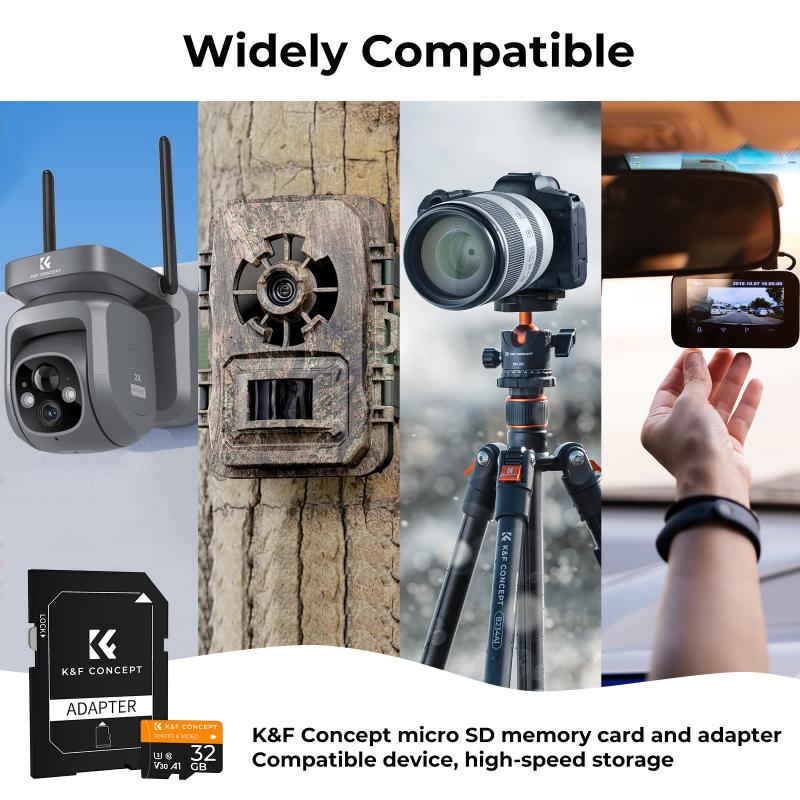
2、 Storage and retrieval of digital images
A digital camera can be considered a computer system because it performs various functions that are similar to those of a computer. One of the main functions of a digital camera is the storage and retrieval of digital images. Just like a computer, a digital camera has a memory storage system where it stores the captured images.
When a photo is taken, the camera's image sensor converts the light into digital data, which is then processed and stored in the camera's memory. This data is essentially a series of 1s and 0s, which is the fundamental language of computers. The camera's memory acts as the storage medium, similar to a computer's hard drive or solid-state drive.
Furthermore, a digital camera also has a processor that handles the image processing tasks. This processor is responsible for tasks such as adjusting exposure, white balance, and applying various filters or effects to the image. These processes are similar to the computations performed by a computer's CPU.
Additionally, modern digital cameras often have built-in Wi-Fi or Bluetooth connectivity, allowing them to connect to other devices such as smartphones or computers. This connectivity enables the transfer of images from the camera to other devices for further processing or sharing. This aspect further emphasizes the camera's computer-like capabilities.
In recent years, digital cameras have become more advanced, incorporating features such as artificial intelligence and machine learning algorithms. These advancements enable cameras to automatically detect and track subjects, optimize settings based on the scene, and even apply real-time image enhancements. These developments further blur the line between a digital camera and a computer system.
In conclusion, a digital camera can be considered a computer system due to its ability to store and retrieve digital images, perform image processing tasks, and its connectivity features. With the continuous advancements in technology, digital cameras are becoming more sophisticated and incorporating computer-like capabilities, further solidifying their status as computer systems.

3、 User interface and controls
A digital camera can be considered a computer system due to its user interface and controls. The user interface allows the user to interact with the camera and control its various functions. This includes settings such as exposure, focus, white balance, and shooting modes. The controls, typically in the form of buttons, dials, and touchscreens, enable the user to navigate through menus, adjust settings, and capture images.
The user interface and controls of a digital camera are designed to provide a seamless and intuitive experience for the user. They allow for easy customization and adjustment of settings, giving photographers greater control over their images. Additionally, the user interface often includes features like live view, which displays a real-time preview of the image on the camera's screen, allowing the user to compose their shot more effectively.
From a technical standpoint, the user interface and controls of a digital camera are powered by a computer system. This system includes a processor, memory, and software that enable the camera to process and store images, as well as perform various functions like autofocus and image stabilization. The camera's software also allows for firmware updates, which can add new features and improve performance.
In recent years, the user interface and controls of digital cameras have evolved to incorporate touchscreens and advanced menu systems. Touchscreens provide a more intuitive and interactive experience, allowing users to directly interact with the camera's settings and options. Menu systems have become more user-friendly, with clear icons and organized layouts, making it easier for photographers to navigate through the camera's features.
Overall, the user interface and controls of a digital camera play a crucial role in making it a computer system. They enable users to interact with the camera, customize settings, and capture high-quality images. With advancements in technology, the user interface and controls of digital cameras continue to improve, providing photographers with more flexibility and creative possibilities.
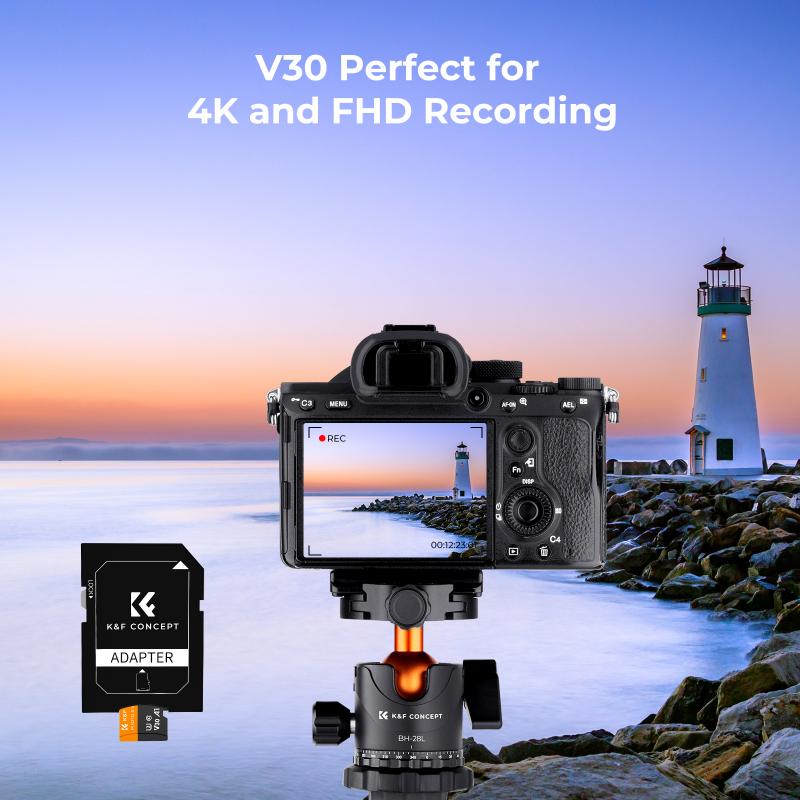
4、 Connectivity and data transfer
A digital camera can be considered a computer system due to its connectivity and data transfer capabilities. In today's digital age, cameras have evolved from simple image-capturing devices to sophisticated gadgets that incorporate advanced computing technologies.
Connectivity is a key aspect of a digital camera as it allows users to transfer data between the camera and other devices. Most modern cameras come equipped with USB ports, Wi-Fi, and Bluetooth capabilities, enabling seamless data transfer. This connectivity allows users to transfer photos and videos to their computers, smartphones, or cloud storage platforms for editing, sharing, and backup purposes.
Furthermore, digital cameras have internal memory or memory card slots to store captured images and videos. These memory cards act as storage devices, similar to the hard drives or solid-state drives in computers. The camera's operating system manages the storage and retrieval of data, just like a computer's file system.
Moreover, digital cameras have built-in processors that handle various tasks, such as image processing, autofocus, and exposure calculations. These processors are similar to the CPUs in computers, executing complex algorithms to enhance image quality and provide advanced features like face detection, image stabilization, and scene recognition.
Additionally, digital cameras often have LCD screens or electronic viewfinders that display the captured images. These screens rely on display technologies similar to those found in computer monitors, utilizing pixels and color management systems to provide a visual representation of the captured scene.
In recent years, digital cameras have also started incorporating artificial intelligence (AI) capabilities. AI algorithms can analyze scenes, recognize objects, and optimize camera settings accordingly. This integration of AI further blurs the line between cameras and computer systems, as it involves complex computational tasks and decision-making processes.
In conclusion, a digital camera can be considered a computer system due to its connectivity and data transfer capabilities, as well as its internal memory, processing power, and display technologies. With the integration of AI, cameras are becoming even more sophisticated computer systems, capable of capturing and processing high-quality images and videos.
